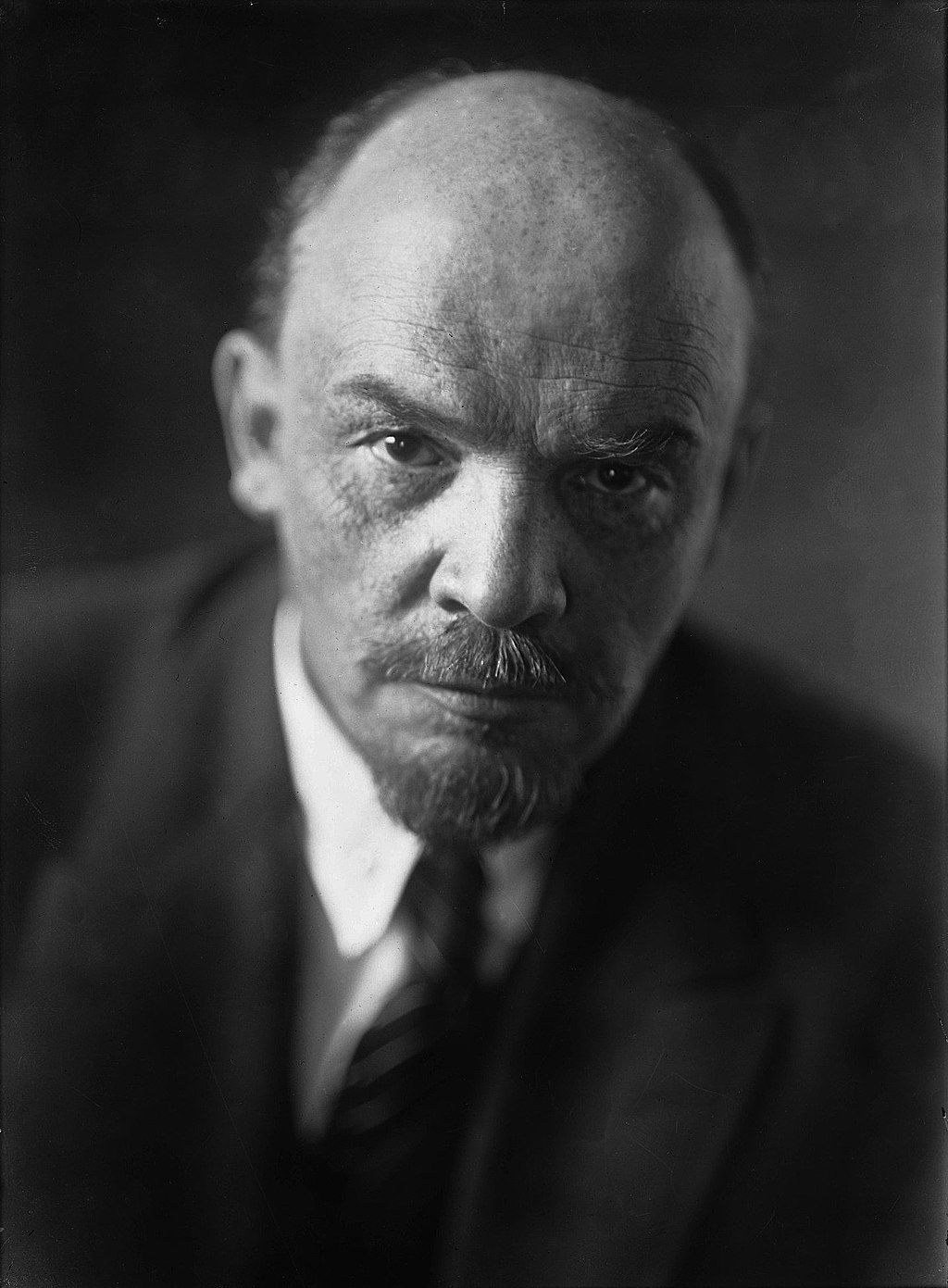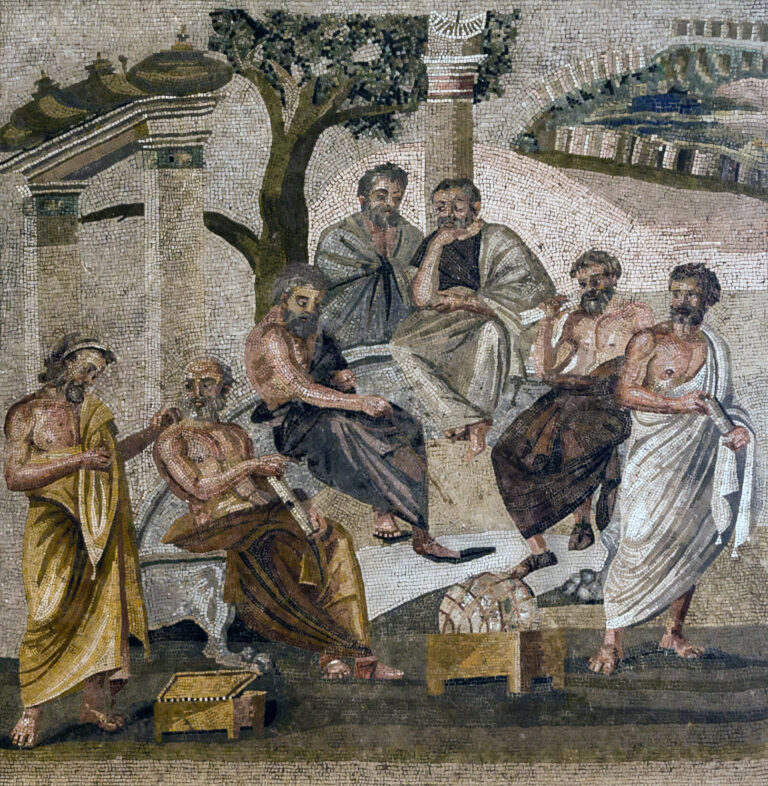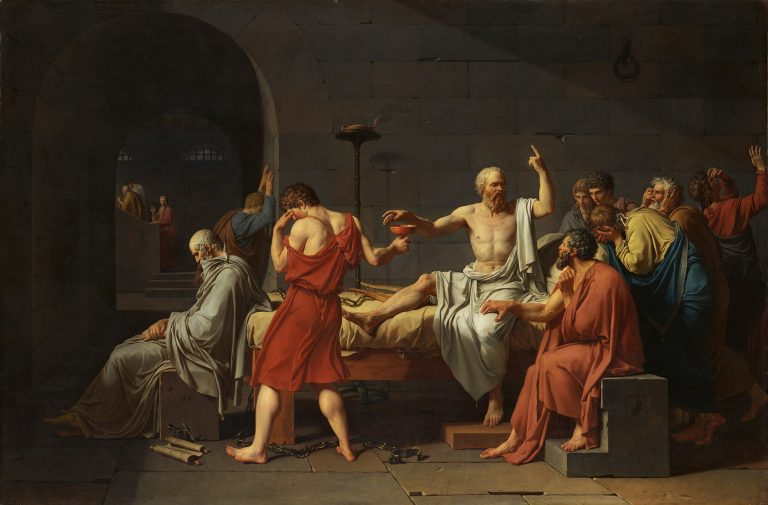
The Russian Revolution of 1917 was the result of a combination of factors, including economic, political, and social conditions, as well as the leadership of key figures like Vladimir Lenin and the Bolsheviks.
One of the key factors that contributed to the revolution was the state of the economy. Russia was experiencing a severe economic crisis, with widespread poverty and unemployment, and a lack of basic necessities such as food and fuel. This led to growing discontent among the working class and the peasantry. Another major factor was the impact of World War I on Russia. The war had placed a heavy burden on the economy and the population, and had led to widespread casualties. Additionally, the war had highlighted the weakness of the Tsarist government and the inefficiency of the Russian army. There were also political factors that contributed to the revolution. The Tsarist government was increasingly seen as corrupt and out of touch with the needs of the population. Additionally, there was growing political opposition, particularly from the socialist and revolutionary movements, which called for greater political freedoms and an end to the Tsarist regime. In addition, the revolution was also motivated by social factors, in particular, the intellectual and socialist movements which were very active in Russia, advocating for equality and freedom which were not available under Tsarism. The leadership of figures like Vladimir Lenin and the Bolsheviks also played an important role in the revolution. Lenin was able to capitalize on the growing discontent and dissatisfaction with the Tsarist regime and the war to mobilize support for the revolution. The Bolsheviks promised an end to the war, and the establishment of a socialist government that would improve the lives of the working class and the peasantry.
Overall, it was a combination of factors – economic, political, and social, as well as leadership and ideas – that contributed to the Russian Revolution of 1917 and the establishment of the Soviet Union. Vladimir Lenin, who led the Bolshevik Party, was a key figure in the establishment of the Soviet Union. He played a crucial role in the Russian Revolution of 1917, which led to the overthrow of the Russian monarchy and the formation of the Soviet state. Lenin’s political philosophy, which he called “Leninism,” formed the basis of the ideology of the Communist Party of the Soviet Union. He believed in the dictatorship of the proletariat, or the rule of the working class, as a necessary step towards the eventual establishment of a classless, socialist society. He also believed in the importance of a strong and centralized state as a means of achieving this goal. Some of his main contributions include:
- The Dictatorship of the Proletariat: Lenin believed that the dictatorship of the working class, or the rule of the communist party, was necessary as a transitionary step towards the eventual establishment of a classless, socialist society. He believed that the dictatorship of the proletariat was needed to suppress the resistance of the capitalist class and to build socialism.
- The role of the Communist Party: Lenin believed that the Communist Party should play a leading role in the revolution and the building of socialism. He believed that the party should be a vanguard of the working class, with the most dedicated and experienced revolutionary activists as its members.
- The Nationalization of Industry: Lenin believed that the nationalization of industry, or the state ownership of the means of production, was necessary for the building of socialism. He argued that this would allow for the rational and efficient use of resources and the elimination of capitalist exploitation.
- The role of the state: Lenin believed that the state was an instrument of class rule, and that it must be centralized, disciplined, and powerful in order to build socialism. He believed that the state must be strong in order to suppress counter-revolutionary forces and to ensure the security of the revolution.
- The concept of Imperialism: Lenin believed that Imperialism is the highest stage of capitalism and it is the necessary product of capitalist economy. He believed that it brings war and inequality between the rich countries and poor countries and he developed theory of imperialism to explain the causes of World War I.
Overall, Lenin’s political philosophy had a major impact on Russian society and the Soviet Union, shaping the nation’s ideology and political system and contributing to the development of socialist thought and practice throughout the world. Though his contributions have been debated and many of his ideas have been criticized, they played an important role in shaping the world’s history. In addition to his political ideas, Lenin also implemented a number of policies and reforms after the revolution. He nationalized industry and distributed land to the peasantry, which were aimed at promoting greater social and economic equality. He also made efforts to promote education and to improve public health. He also initiated the Red Terror, a campaign of mass killings, forced labor, and political repression, as well as suppressing civil liberties, which will later be continued by Stalin. Lenin’s contributions to the Soviet Union were significant shaping the nation’s ideology and political system laying the groundwork for future repression and suffering. It’s important to note that his policies and ideas also led to many negative consequences, including widespread famine and repression of political dissent. Stalin’s policies, who followed Lenin after his death, led to even more severe repression, mass killings and other atrocities.
What was the Red Terror?
The Red Terror was a period of violence and repression during the Russian Revolution and the early years of the Soviet Union. The term “Red Terror” refers to the campaign of mass killings, torture, and repression that was carried out by the Soviet government, specifically by the secret police, the Cheka, in order to eliminate perceived enemies of the revolution and to intimidate the population into submission. The Red Terror officially began in September 1918, when the Soviet government issued a decree calling for the extermination of “counter-revolutionaries.” Over the next several years, tens of thousands of people were arrested, tortured, and executed, and many more were sent to concentration camps or exiled to remote regions of the Soviet Union. The victims of the Red Terror included not only those who had actively opposed the revolution, but also large numbers of innocent people who were caught up in the indiscriminate dragnet of the secret police. It was a brutal period of history and many people suffered from the Red terror, especially those who were not loyal to the communist regime. Many people were arrested, tortured and executed without any kind of trial, among them, priests, intellectuals, former Tsarist bureaucrats, and anyone who dared to criticize the government. Some estimates suggest that as many as 100,000 people may have been killed during the Red Terror, although the actual number may never be known for certain.

